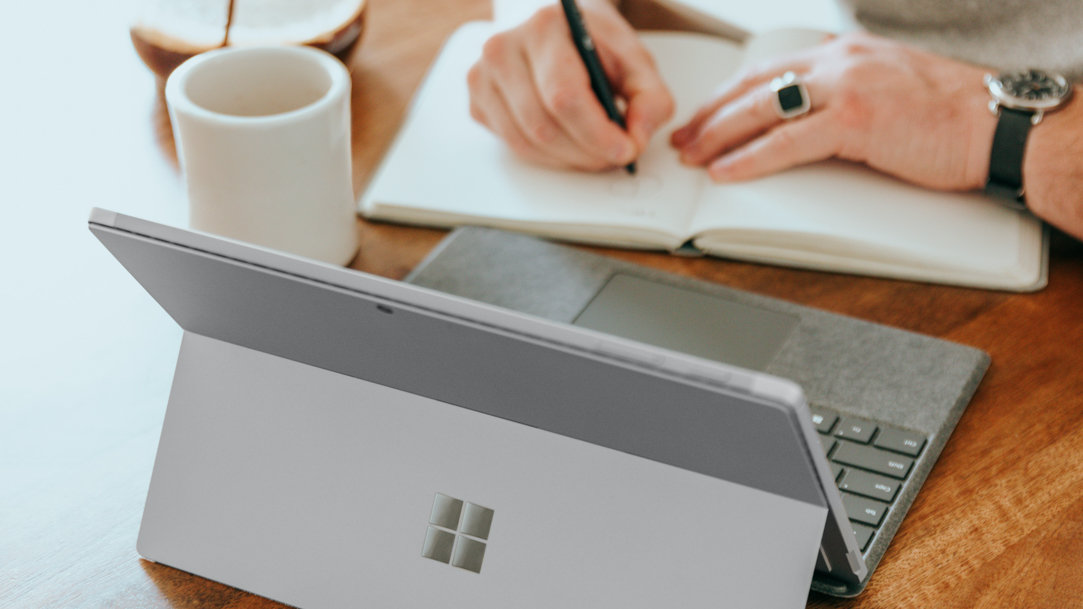
January 16, 2024
How to use Microsoft Edge Task Manager
Microsoft Edge has plenty of features to enhance your productivity and boost your browsing speed. One of these is the built-in Browser Task Manager, which can help you shut down sites and extensions that are taking up too many system resources. This can streamline your device’s performance and help you end resource-hogging processes that you don’t need. Learn how to leverage this powerful tool to troubleshoot problems and optimize your online experience.
Why do you need Microsoft Edge Task Manager?
Using a browser that is slow and unresponsive can be frustrating, and even get in the way of what you need to do. Just like on your Windows 11 desktop, Microsoft Edge has a task manager that allows you to see everything that is currently running, not only programs that are currently open, but also background processes and hidden tasks. Sometimes these programs, extensions, processes, and tasks can consume excessive resources and cause performance issues.
In Microsoft Edge, its task manager helps you identify and manage tabs and extensions that are currently running. System-critical processes will usually be hidden, but many processes can be shut down without disrupting your computing or online browsing experience.
How to access the Browser Task Manager in Microsoft Edge
Accessing the Browser Task Manager and all its useful data is easy in Microsoft Edge. One way is to simply press Shift + Esc on your keyboard when you’re in the browser. Another option is to change settings:
- Navigate to the three dots in the top right corner of your browser.
- Scroll to More tools.
- Select the Browser task manager option in the next menu.
Once the Browser Task Manager window opens, you can see a list of all tabs, processes, and extensions running in the browser. These are all listed by type: The most common are Utilities, Browser (Microsoft Edge itself), and Tabs. Other more technical processes include GPU processes, renderers, and subframes. You can also see the memory and CPU usage of each tab, allowing you to identify and prioritize the ones that are consuming excessive resources.
How to read the Browser Task Manager
There are subcategories for each operation in the task manager. They are:
- Memory: This shows how much system memory is being used by your device by a tab or process and will show up in kilobytes.
- CPU: This shows how much of your device’s total processing power is being used by a tab or process.
- Network: This shows the amount of network bandwidth used by each tab or process, displayed in bytes or kilobytes per second. Tabs that are streaming videos, audio, or advertisements will use more network bandwidth.
- Process ID: This shows the process ID of the tab or process, which is used for developer troubleshooting in case you need to contact tech support.
You can select each category and rank the tabs/processes by the most to least resources used. If you also need to close more than one tab or process, you can select multiple items in the leftmost list and select End Process. This can be handy if you have many tabs open and can be easier than selecting each tab in the browser to be closed.
Browser Task Manager is just one of the efficient features that Microsoft Edge comes with, giving you control over how you manage your online browsing for maximum performance. Try Microsoft Edge today and see how a powerful modern browser can optimize your everyday tasks and time.
- Features and functionality subject to change.
- Articles are written specifically for the United States market; features, functionality, and availability may vary by region.
Products featured in this article

Microsoft Edge

Windows 11
More articles

What is a password manager?

Make browsing fun with Microsoft Edge browser themes

